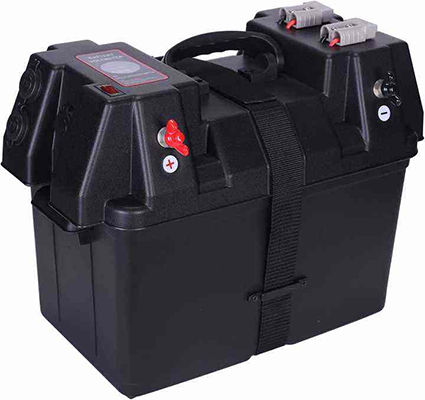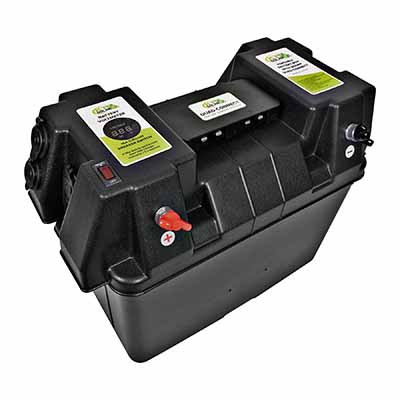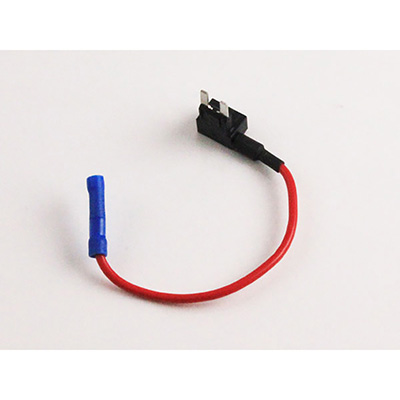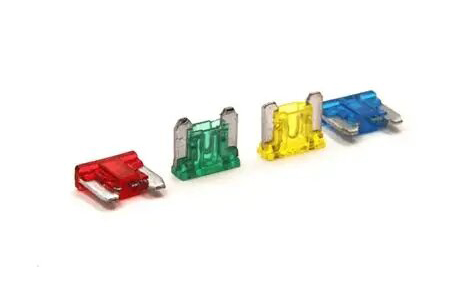The Crucial Role of Drainage Systems in Preventing Liquid Accumulation Within Automotive Battery Enclosures
News 2025-10-20
In the automotive industry, battery enclosures are vital for protecting electrical components, but liquid buildup poses serious threats. Moisture from condensation, leaks, or environmental exposure can cause corrosion, short circuits, and safety hazards like fires or reduced vehicle performance. An effective drainage system is essential to expel these fluids, ensuring battery longevity and reliability. Without it, accumulated liquids can accelerate component degradation, leading to costly repairs and downtime, making drainage a critical design element in modern vehicles.

Applications in Different Vehicle Types
Drainage systems are integral across various automotive segments. In electric vehicles (EVs), they manage coolant and condensation to safeguard lithium-ion batteries from thermal runaway. For traditional internal combustion engine cars, these systems prevent acid spills from lead-acid batteries, reducing corrosion risks. In heavy-duty trucks or off-road vehicles, enhanced drainage handles extreme conditions like mud or saltwater, maintaining functionality and preventing electrical failures, thus adapting to diverse operational environments.
Performance Benefits and Efficiency Gains
A well-engineered drainage system enhances battery performance by minimizing fluid-related damage. It extends component life through corrosion resistance and efficient liquid removal, improving overall vehicle safety by lowering short circuit probabilities. These systems often feature optimized designs, such as angled surfaces and high-flow materials, which reduce maintenance needs and operational costs. By preventing fluid accumulation, they ensure consistent energy output and compliance with industry standards, offering a reliable solution for sustained automotive efficiency.
Frequently Asked Questions
1. What causes liquid buildup in battery boxes?
Answer: Liquid buildup often results from condensation, battery leaks, or external water entry due to inadequate sealing or harsh weather conditions.
2. How does a drainage system enhance vehicle safety?
Answer: It reduces risks of electrical faults and fires by quickly removing corrosive fluids, thereby protecting both the battery and surrounding components.
3. What factors should be considered when designing a drainage system?
Answer: Key factors include material durability, flow efficiency, and integration with vehicle aerodynamics to ensure effective performance in various driving scenarios.


